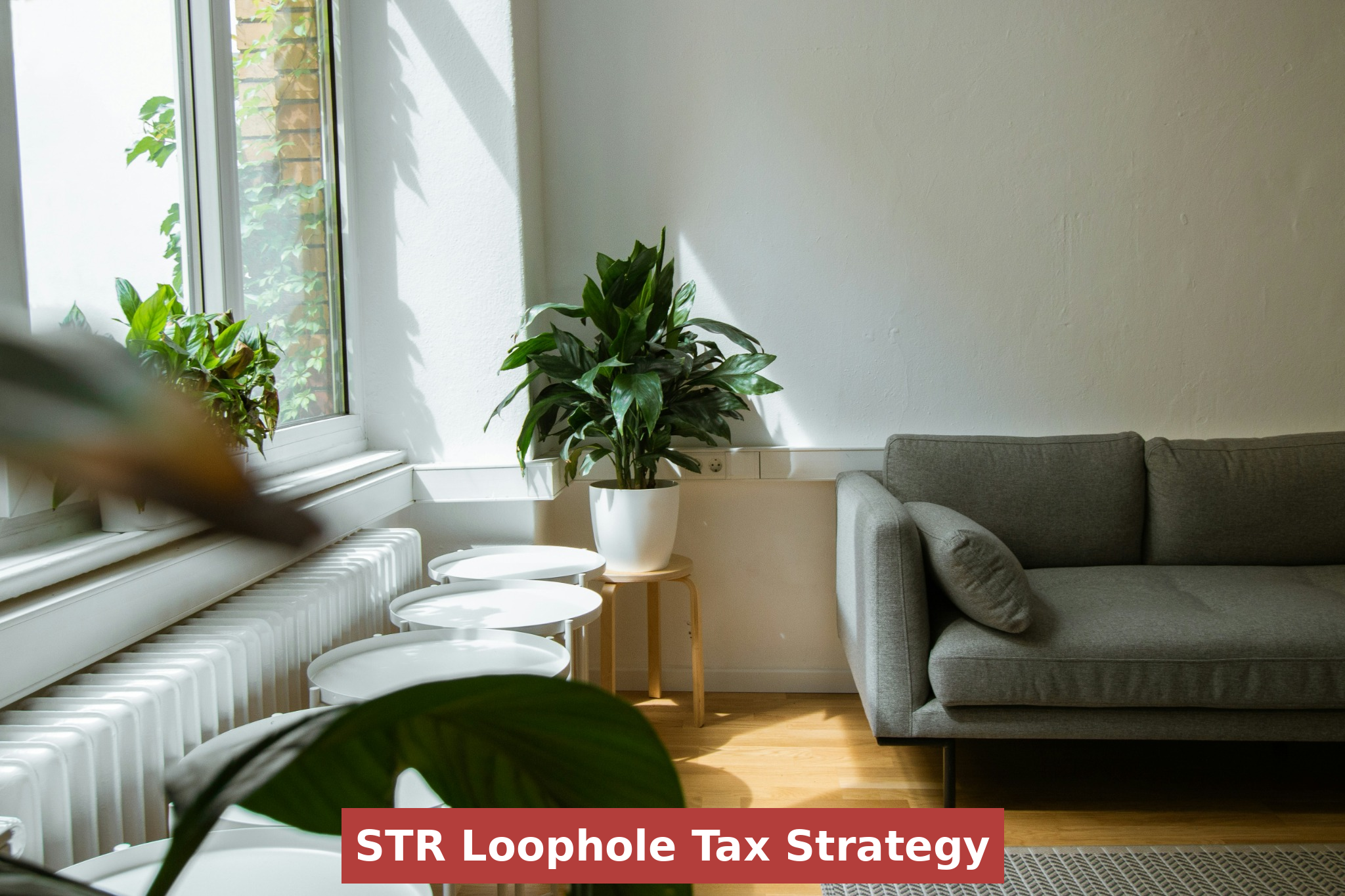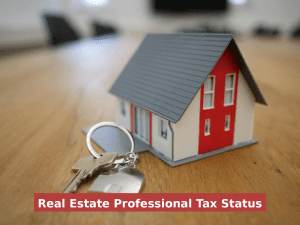Short-Term Rentals (STRs) have changed the game for real estate investors and small business owners alike. Not only can they generate strong cash flow, but when structured properly, they can also unlock powerful tax benefits — including the ability to offset your active income and defer capital gains through a 1031 exchange.
If you’ve heard about the “STR loophole” but aren’t sure how it works (or if you’re running out of time to use it), this guide is for you.
Why STRs Are Different (And So Powerful)
Most long-term rental income is considered passive, which means the losses from depreciation and expenses usually can’t be used to offset your active income — like W-2 wages or business profits.
But here’s the loophole:
STRs can be classified as non-passive if you materially participate — even if you don’t qualify as a real estate professional.
This means you can unlock massive losses in the year you buy and furnish the property — and use those losses to reduce your taxable income.
The 3 IRS Tests to Qualify for the STR Loophole
To use this strategy, your short-term rental must meet both of these criteria:
-
The average rental period must be 7 days or less.
(Or 30 days or less if you provide substantial services.) -
You must materially participate.
There are several ways to qualify, but here are the most common:-
You do 100+ hours of work, and no one else (not even a cleaner or property manager) does more.
-
You perform 500+ hours of work on the property.
-
You are the only person substantially involved in the operations.
-
You must document your hours — this is where most people fail.
Cost Segregation: The Engine Behind the Tax Savings
Once you qualify for the STR loophole, the next move is to accelerate depreciation using a cost segregation study.
Here’s how it works:
When you buy a property, the IRS lets you depreciate the building over 27.5 years. But with a cost seg study, engineers separate components of the property (flooring, appliances, lighting, landscaping, etc.) and reclassify them as:
-
5-year property (e.g., appliances, carpet)
-
7-year property (e.g., fixtures)
-
15-year property (e.g., fencing, driveways)
With current bonus depreciation rules, you can write off a large portion of these in year one.
Example:
You buy a $500,000 STR and do a cost seg study that identifies $150,000 of assets eligible for accelerated depreciation.
If you qualify under the STR loophole, you can take a $150,000 deduction against your active income — that same year.
That’s not just reducing taxes — that’s turning real estate into a tax shield.
Act Before It’s Too Late: Bonus Depreciation Is Phasing Out
-
In 2022, bonus depreciation was 100%
-
In 2023, it dropped to 80%
-
In 2024, it’s now 60%
-
In 2025, it’s heading toward 40% and down from there
If you wait, you’re leaving thousands in deductions on the table. The window is closing, but it’s not closed yet.
Deferring Capital Gains with a 1031 Exchange
When it’s time to sell, you don’t have to get hit with capital gains taxes either. By using a 1031 exchange, you can defer those gains by rolling your proceeds into another investment property.
To qualify, you must:
-
Identify the new property within 45 days
-
Close on it within 180 days
-
Use a qualified intermediary to hold funds (you can’t touch the cash)
The result? You keep growing your portfolio tax-deferred — no capital gains, no depreciation recapture (yet), and more money to invest.
Final Thoughts: You Still Have Time, But Not Much
Taxfully has helped clients turn large tax bills into refunds — legally — by combining the STR loophole, cost segregation studies, and 1031 exchanges.
If you’ve been thinking about starting or scaling a short-term rental portfolio, now is the time to act. Every month you wait, the tax benefits shrink.
Don’t Leave $20K–$150K+ in Tax Deductions on the Table
✔️ Already own an STR and haven’t done cost segregation?
✔️ Thinking about converting your home or investment into an STR?
✔️ Have high W-2 or business income you want to offset this year?
Book a call with Taxfully today and let us show you how to use the IRS code in your favor — before the window closes.




